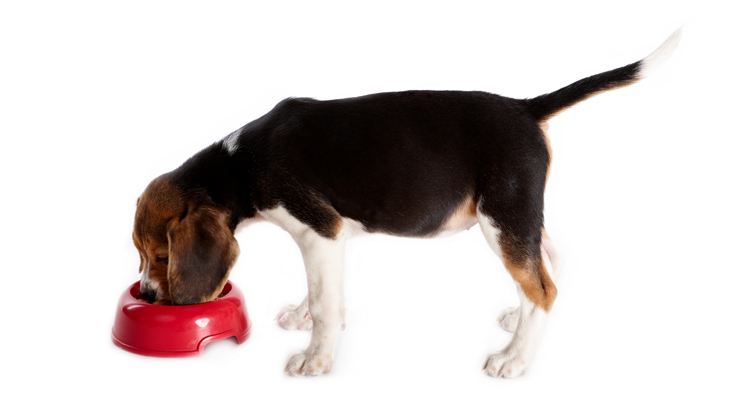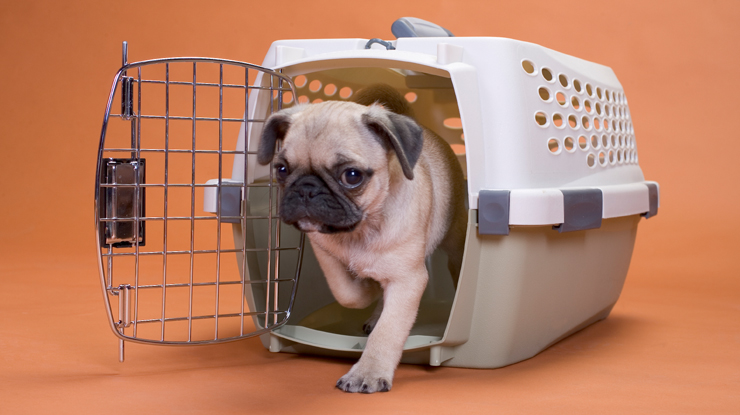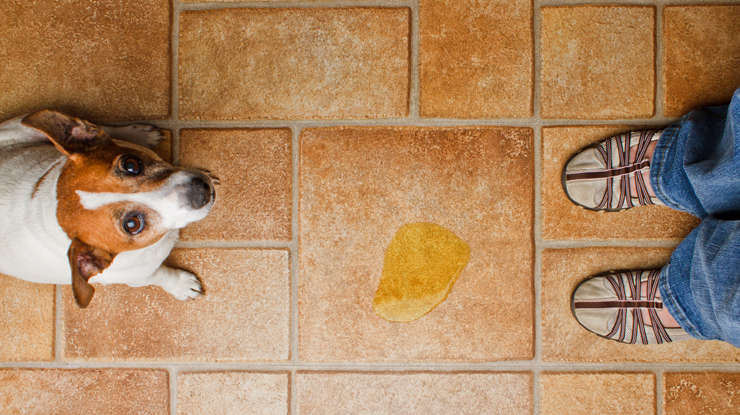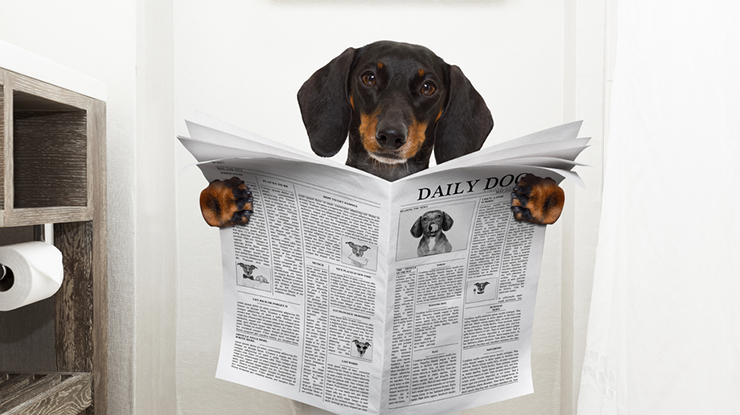
DOs and DON'Ts of Potty Training a Puppy
Puppies are full of fun, exuberance, and outward charm, but they are also full of something else.
We may cringe at the thought of the potty training process, and unfortunately, it comes along with that adorable little bundle of fur. And even though there have been many articles, posts, and books written on the subject, unless you follow some fundamental rules, your puppy may still be having accidents in your home well into his teenhood.
Check out these helpful dos and don'ts of potty training a puppy.
DO #1: Have Some Knowledge
Know that not all puppies are going to potty train at the same rate. Smaller breeds have tinier bladders with a higher metabolism and, therefore, will need to eliminate more often.
Some breeds are known for their stubborn streak and can be harder to housetrain. Be sure to research any breed before bringing a dog home.
The puppy’s background story may also determine his willingness to potty train. Rescue pups or those that have been left to their own devices may have bad habits that need to be untrained.
Lastly, veterinarians recommend beginning the potty training process when your puppy is between 12 and 16 weeks of age. This is because your pup should have enough control over his bladder and bowels to be able to hold it.
DO #2: Get 'Em On a Schedule
Animals are creatures of habit. Getting your puppy on a daily schedule will help him potty train more quickly. This includes feeding him at the same time each day, walking him, and keeping to a regular bedtime.
Part of your schedule should include taking the puppy outside first thing in the morning, and then every 30 minutes to an hour afterward. Your puppy will also have to eliminate after he awakens from a nap and after each meal.
Take your puppy to the same spot each time he goes outdoors to potty, since his scent will prompt him to go.
DO #3: Use Praise and Reward
After your puppy has eliminated in the designated area, be sure to give him plenty of praise and a small treat. Remember, canines are generally eager to please, so let him know he's done it right every time.
DO #4: Stick to Good Diet
Feeding your puppy a high-quality diet will not only enhance his overall health and well-being, but his stools will become firmer and more regular as well.
Junkie dog food is often loaded with cheap fillers, such as corn, wheat, and soy. These provide no nutritional value for your growing fur baby. Keep to meat as the number one ingredient, and avoid by-products for a healthy, happy puppy.
DO #5: Consider Crate Training
Since animals don't like to eliminate where they sleep, a crate is a useful tool for potty training your puppy. Plus, it's a haven for your fur baby at night or for daytime naps.
When using a crate, keep these hints in mind:
- Make sure the crate is big enough for your puppy to stand up, turn around, and lie back down again. Any bigger and he may use the back corner for a bathroom.
- If you have to leave the puppy in the crate for more than two hours, be sure to provide him with fresh water.
- For the first eight months of your puppy's life, be sure to have someone let him out of the crate midday.
DO #6: Know the Signs
A puppy will often show signs of having to pee or poop, which include:
- Barking
- Whining
- Sniffing
- Circling
- Scratching at the door
When you see any of these signs, take your puppy outside right away to prevent an accident from occurring.
DO #7: Be Patient
Puppies are only babies and are still learning the ropes of being potty trained. Always keep this in mind and be patient. Setbacks are frustrating, but be assured they are normal, so keep on training.
If your puppy continues to eliminate in your home or his crate, consider consulting with a veterinarian to rule out any medical issues.
Now that we've covered the DOs, let's explore the DON’Ts of puppy potty training.
DON'T #1: Respond With Anger
Yelling, hitting, or rubbing your dog's nose in his waste will not curb his behavior. It will, however, create fear and mistrust in your fur baby. Positive reinforcement using praise and treats will always win the day.
DON'T #2: Allow Free Range Exploring
New puppies tend to just squat-and-go whenever the urge strikes them, for this reason do not allow your puppy free range of your home.
Catching your puppy before he eliminates and taking him outside to his spot is key to reinforcing the potty training habit.
DON'T #3: Paper Train
Paper training a puppy was for the days of old when we didn't have any other options. The problem with paper training is, for one, it’s smelly. The urine can (and most likely will) soak through to your flooring.
Second, your puppy can become very confused as to where he should go, especially when he’s not at home.
Potty Training Made Easy
Yes, potty training a puppy can be a pain, but it is a necessary part of pet parenting. Follow our list of dos and don'ts to get you and your fur baby through this dreaded process as easy and stress-free as possible.
Just remember, having your puppy on a regular schedule, with quality dog food and an appropriately sized crate, is the best way to go.

















